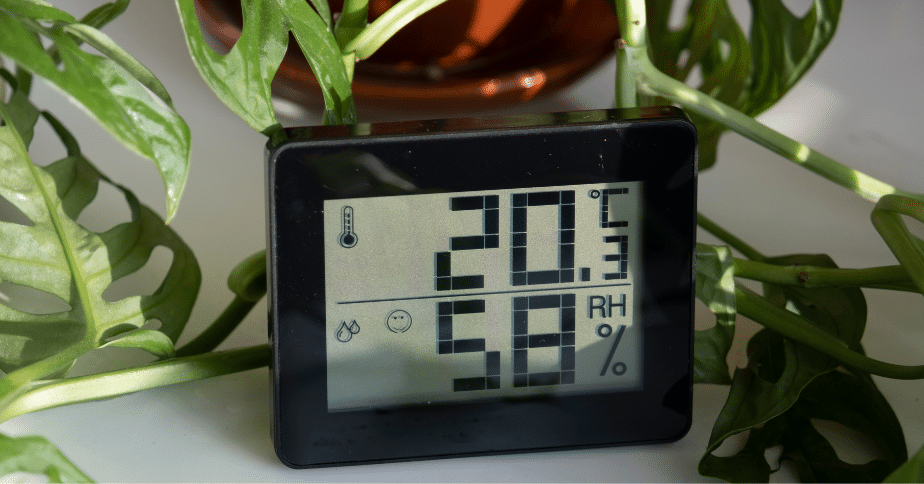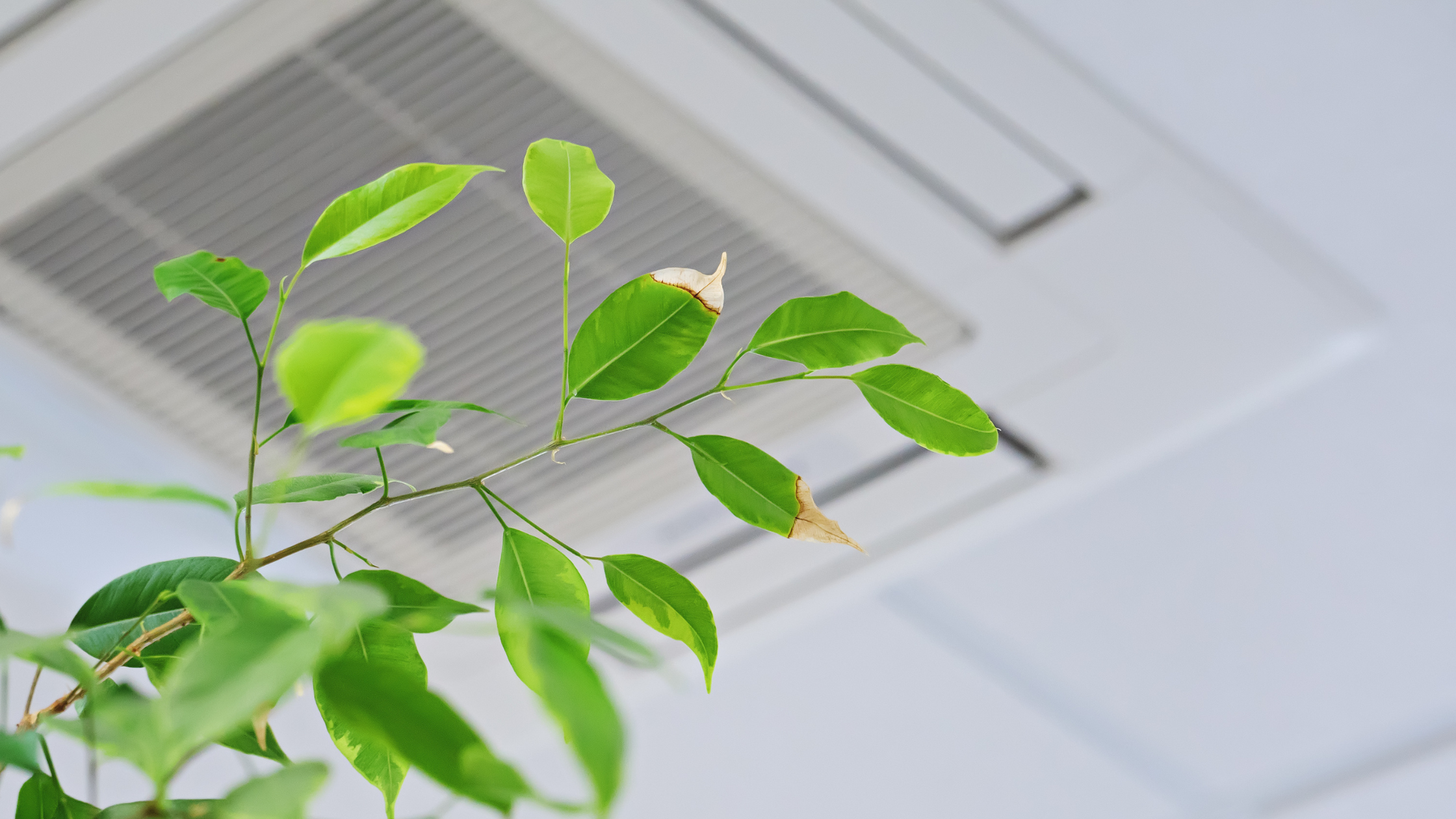Common Summer Indoor Allergens and How to Combat Them

At the beginning of spring and throughout the summer, a lot of things happen. The weather starts to get nicer, the plant life starts to flourish, and the animals start getting more active. However, with all the wonderful things that come with the warm seasons, we also get some rather unwanted side effects.
Dust, pollen, pet hair, and mold become abundant in our homes. These can cause sinus headaches, stuffy noses, uncontrollable sneezing, and eye irritation. Learning to combat these issues can make your summer one to remember, as well as free from unnecessary irritation. Here are some common summer indoor allergens and how to combat them!
What are common indoor allergens?
While there are a lot of different summer indoor allergens there are some that are easier than others to identify and deal with. Common indoor allergens include:
- House Dust
- Mold Spores
- Pollen
- Fabrics
- Dust Mites
- Cat Hair
- Dog Hair
- Houseplants
Even if you don’t have severe allergies, it’s likely that someone in your household suffers from at least one item on this list. This can make it difficult because dust, pet hair, fabrics, houseplants, and dust mites are constantly around you in your home.
The same goes for mold spores and pollen. Pollen is normally introduced through an open window or off of your clothes after spending the day outdoors. Mold, however, is introduced to your living space through growth in a dark damp place where it festers until it causes home damage or illness to your family’s overall health.
Identifying Allergens In Your Home
The biggest clue to knowing if your home is full of allergens is your nose. If you find yourself waking up with a stuffy nose or irritated eyes, it’s probably safe to assume you have an issue with one of the listed items.
If you want to be certain, consider calling a professional to come in and test your air quality to check for a multitude of things such as mold, allergens, lead, asbestos, or any other airborne problems. This is the best way to know if you have an issue or not.
Avoiding Common Allergens
Precautions you can take to help with indoor allergens include cleaning up after your pets by vacuuming or sweeping up their hair, investing in an air purifier to help with the allergens, removing indoor plants from your house to help with pollen levels, and dusting regularly to keep dust mites and other small particulates from being to disturbed and settling in the air.
Mold, on the other hand, requires a professional to remove. If you see any mold anywhere in your home, call a professional to make an assessment and help you with the removal and treatment.
Spring and summer bring a lot of things and while some are good, it definitely makes the air quality in our homes worse. Try to identify what allergens are in your home and try to minimize the impact they have through the use of daily cleaning, air purifiers, and professional help.
How Can Air Quality Assessors Help?
Mold, dust, and other pollutants lower your indoor air quality and weaken your immune system. If you notice that you have a problem with mold or mildew in your home, it is best to enlist the help of a professional. Contact AQA if you have any questions or concerns about mold in your home or business. With their combination of experience and knowledge, you can be assured that everything will be handled properly.



